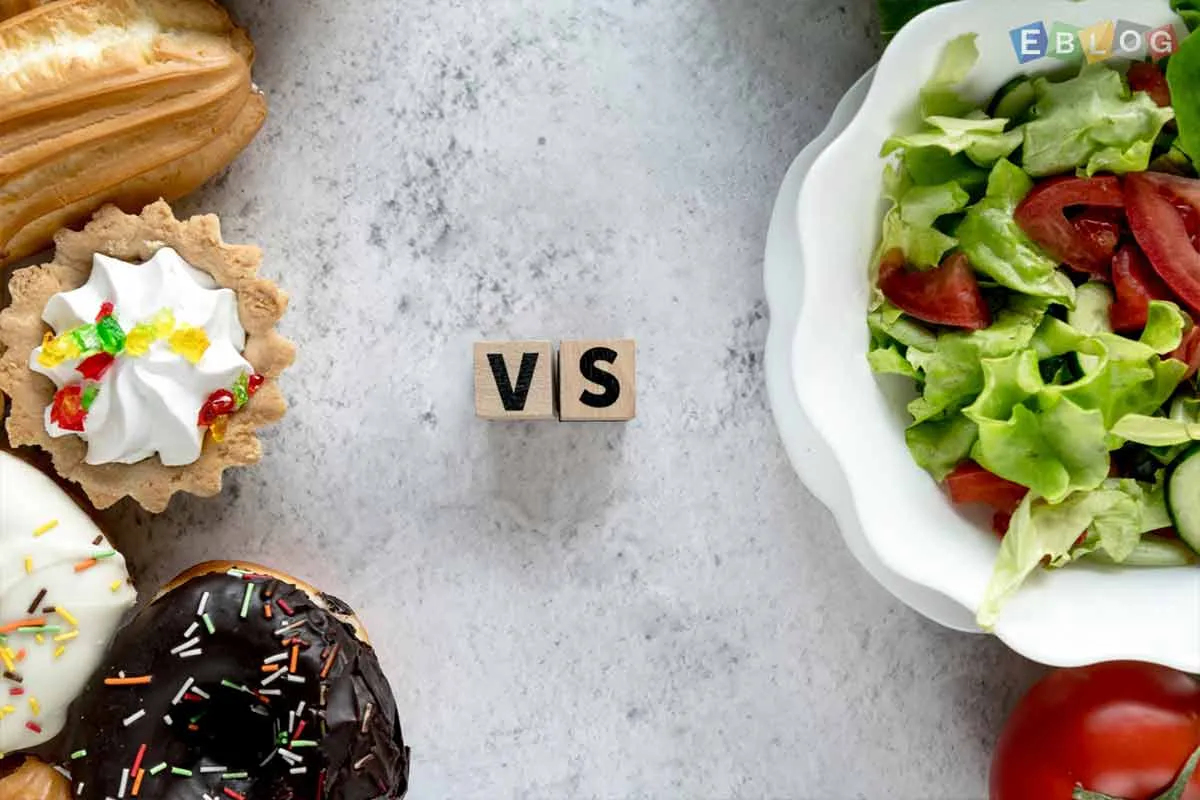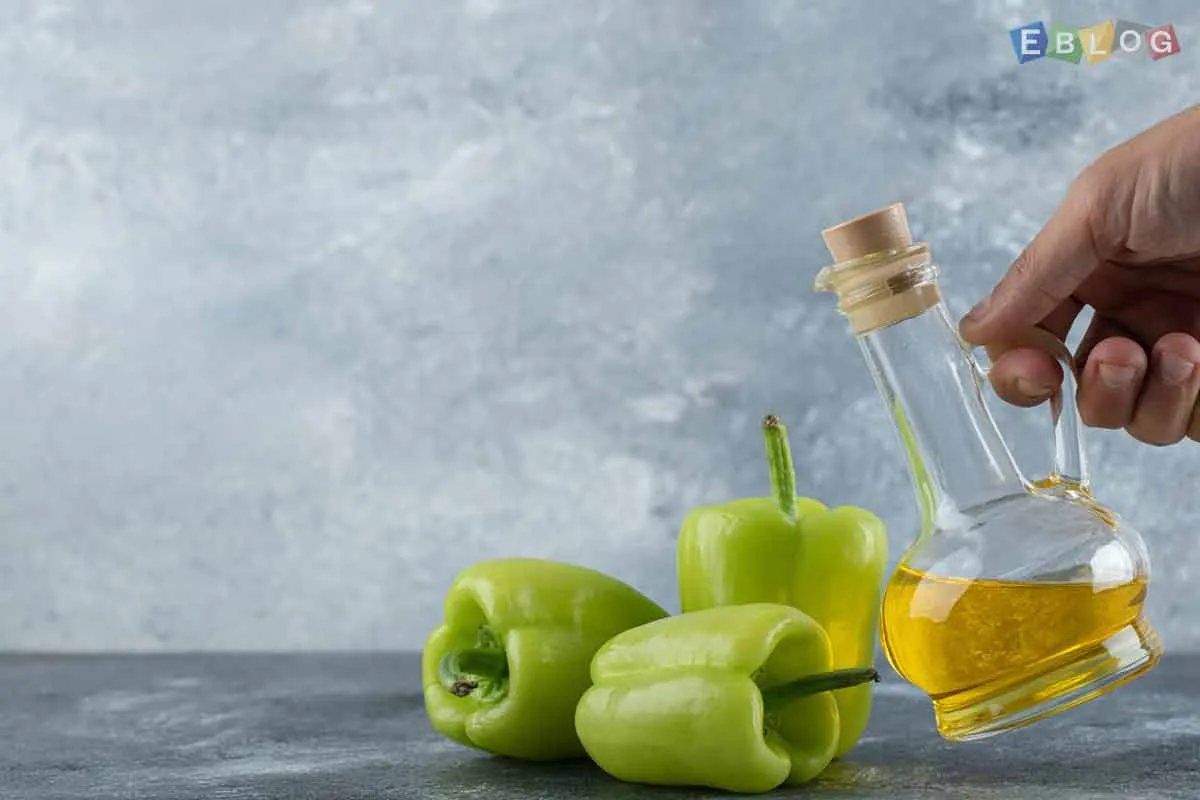
Keto vs. Paleo: What’s the Difference?
- 02 Aug, 2025
- Food
- 253 Views
- 0 Comments
In the ever-evolving world of nutrition and dieting, Keto and Paleo have emerged as two of the most popular lifestyle diets. Both promise weight loss, improved energy, and better health, yet they approach these goals from very different angles. If you've been trying to choose between the two—or are just curious about how they differ—this guide breaks it down in simple terms.
a. What Is the Keto Diet?
The Ketogenic (Keto) diet is a low-carb, high-fat approach designed to push the body into a metabolic state called ketosis. In ketosis, your body burns fat for fuel instead of carbohydrates.
b. Main Goals of Keto:
Force the body to use fat as its primary energy source.
Lower blood sugar and insulin levels.
Promote weight loss and potentially improve brain function and metabolic health.
c. Keto Food Rules:
High fat (70-80% of daily intake): avocado, nuts, oils, butter, fatty meats.
Moderate protein (20-25%): eggs, fish, poultry.
Very low carbs (5-10%): mostly leafy greens and non-starchy vegetables.
Avoid on Keto:
Grains, legumes, starchy vegetables, most fruits, sugar, and processed foods.
d. What Is the Paleo Diet?
The Paleolithic (Paleo) diet emphasizes eating the way our ancestors did before the advent of agriculture and processed foods. It's more about food quality than macronutrient ratios.
Main Goals of Paleo:
Eliminate processed foods and additives.
Focus on whole, natural foods our bodies were “designed” to eat.
Improve gut health, inflammation, and energy levels.
e. Paleo Food Rules:
Lean meats, fish, fruits, vegetables, nuts, seeds, and healthy fats.
Emphasis on grass-fed, pasture-raised, and organic foods.
f. Avoid on Paleo:
Grains, legumes, dairy, refined sugar, and processed foods.
g. Which One Is Better?
It depends on your goals.
Go Keto if you're looking to lose weight quickly, improve insulin sensitivity, or manage neurological conditions (like epilepsy).
Go Paleo if you want a more flexible, sustainable way to eat that focuses on food quality and gut health.
Both diets have their pros and cons, and the best one for you is the one you can stick to without feeling restricted or deprived.
h. Can You Combine Them?
Absolutely. Some people follow a "Paleo-Keto" hybrid, choosing clean, whole-food ingredients (Paleo style) while still keeping carbs low (Keto style). This can be an effective strategy if you're looking for weight loss while maintaining food quality.
i. Final Thoughts
Keto and Paleo share some similarities, but their core principles and goals are quite different. While Keto is all about macros and metabolic state, Paleo is focused on eating clean, natural foods. Whichever path you choose, be sure it aligns with your health needs, lifestyle, and long-term goals.
j. Ready to Get Started?
Before starting any diet, especially one as restrictive as Keto or Paleo, consult a healthcare provider or registered dietitian to ensure it’s safe and suitable for you.














Leave a Reply